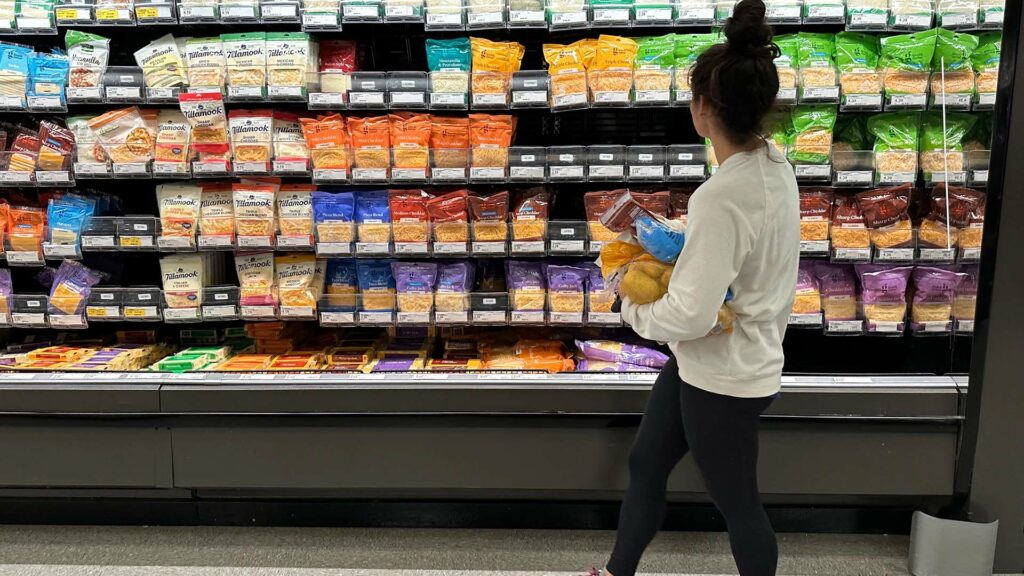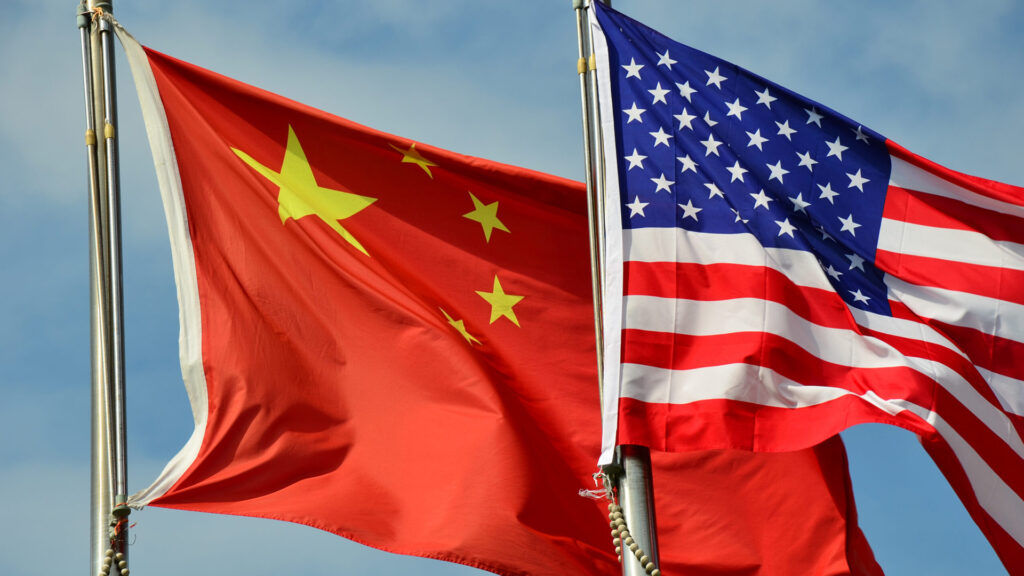Trending: Here are some Business Statistics and Trends to know
|
Getting your Trinity Audio player ready...
|
The latest report from the Labor Department has once again thrust inflation into the spotlight. In September, consumers experienced a slightly faster-than-expected increase in goods and services prices, fueling policymakers' concerns.
The Consumer Price Index (CPI), a crucial inflation gauge, rose by 0.4% on the month and a notable 3.7% from the previous year. These figures surpassed Dow Jones estimates of 0.3% and 3.6%, respectively, with headline inflation surging by 0.6% in August.
Core CPI and Its Significance
When we exclude the volatile food and energy prices, we get the core CPI, a metric that policymakers pay close attention to as it provides more reliable insights into long-term trends.
In September, the core CPI increased by 0.3% on the month and reached 4.1% on a 12-month basis, aligning precisely with expectations. This trend mirrors the previous month, where core inflation also rose by 0.3%, recording a 4.3% increase over the preceding 12 months.
Shelter Costs as the Key Driver
Shelter costs continue to be a major contributor to the inflationary surge. This category, constituting approximately one-third of the CPI weight, accelerated by 0.6% for the month and 7.2% from the previous year.
On a monthly basis, shelter expenses accounted for over half of the overall CPI increase, as reported by the Labor Department.

Energy, Food, and Services
Energy costs witnessed a 1.5% increase, including a 2.1% spike in gasoline prices and an 8.5% surge in fuel oil. Food prices continued upward, a 0.2% increase for the third consecutive month.
On a 12-month basis, food costs registered a 3.7% climb, with a 6% surge for food consumed away from home. In contrast, energy costs saw a 0.5% decline.
Services prices, often regarded as a crucial indicator for long-term inflation trends, recorded a 0.6% gain when excluding energy services and a 5.7% increase on a 12-month basis.
Vehicle prices exhibited mixed trends, with new vehicles increasing by 0.3% and used vehicles declining by 2.5%. Notably, used vehicle prices, which significantly contributed to inflation during the early days of the COVID-19 pandemic, were down by 8% from a year ago.
Other CPI Components
Among the major CPI components, apparel prices declined by 0.8%, and medical care commodities saw a 0.3% decrease. On the other hand, medical care services increased by 0.3% on the month but were down by 2.6% annually.
Market Reaction and Real Wage Impact
Market response to the CPI report was relatively modest. Stocks edged higher at the opening, while Treasury yields shifted slightly from previous lows, with longer-duration notes experiencing minimal change.
However, the CPI increase had a tangible impact on real wages. Real average hourly earnings dropped by 0.2% on the month, primarily due to the disparity between the inflation rate and a 0.2% gain in nominal earnings.
Expert Insights
Robert Frick, corporate economist with Navy Federal Credit Union, emphasized that the stability of inflation rates does not diminish its weight on family budgets. The rise in shelter and food costs is particularly challenging for households.
Looking Ahead
This report arrives at a crucial juncture for Federal Reserve officials as they contemplate their next policy moves. Minutes from the Fed's September meeting revealed Federal Open Market Committee divisions regarding interest rates.
While no rate hike occurred, the summary highlighted lingering concerns about inflation and the persistence of upside risks. Recent increases in Treasury yields have added complexity to the situation, with some Fed officials suggesting that these developments may alter the need for further policy tightening.
The Road Ahead
In the face of mixed news regarding inflation trends, it remains essential for businesses and investors to stay informed and adapt their strategies accordingly. The path forward for inflation and its implications for the broader economy will continue to shape economic conversations and decisions in the coming months.






